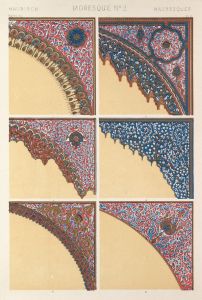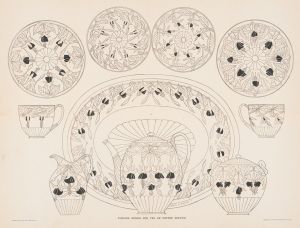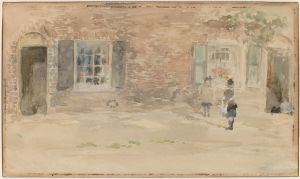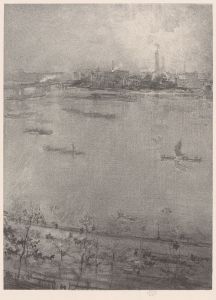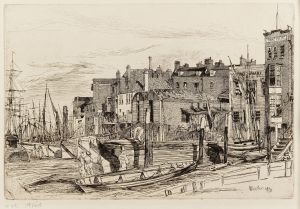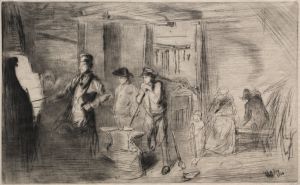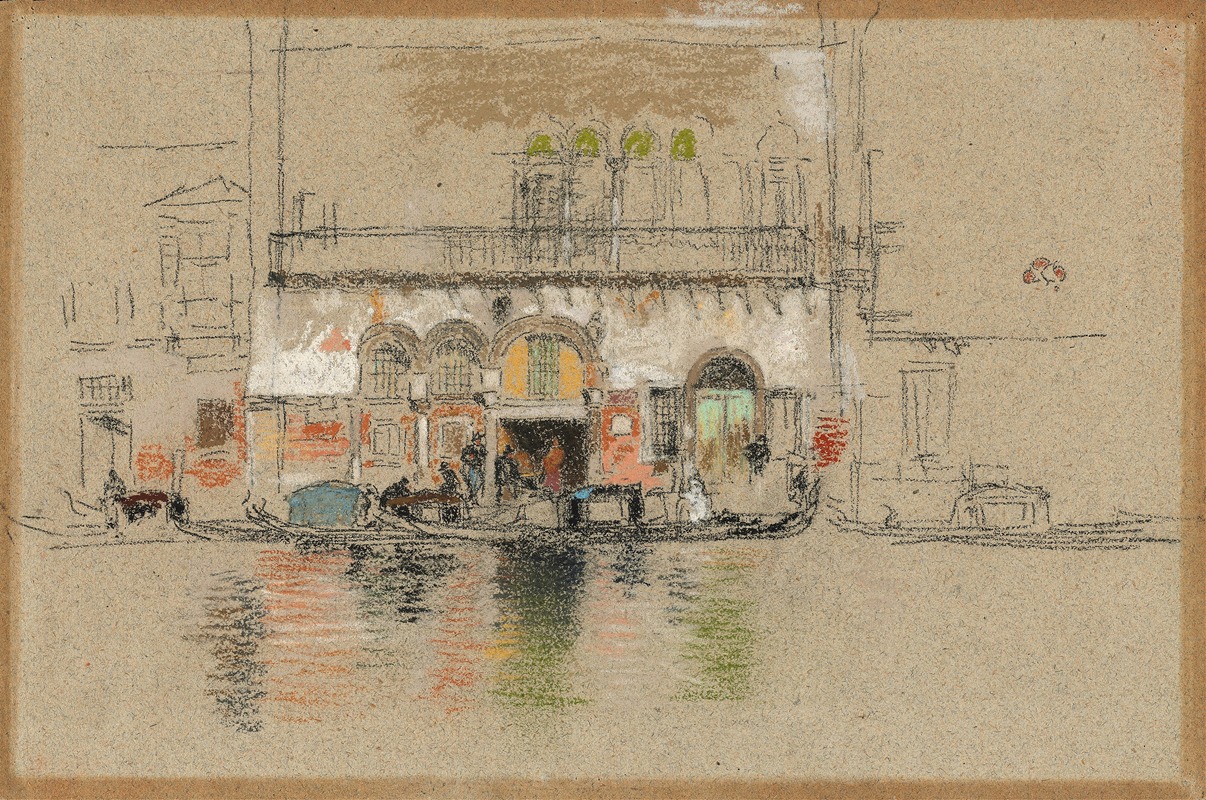
The Palace; white and pink
A hand-painted replica of James Abbott McNeill Whistler’s masterpiece The Palace; white and pink, meticulously crafted by professional artists to capture the true essence of the original. Each piece is created with museum-quality canvas and rare mineral pigments, carefully painted by experienced artists with delicate brushstrokes and rich, layered colors to perfectly recreate the texture of the original artwork. Unlike machine-printed reproductions, this hand-painted version brings the painting to life, infused with the artist’s emotions and skill in every stroke. Whether for personal collection or home decoration, it instantly elevates the artistic atmosphere of any space.
James Abbott McNeill Whistler was an American artist known for his significant contributions to the art world during the late 19th century. He was a proponent of the Aesthetic Movement, which emphasized the visual and sensual qualities of art and design over practical, moral, or narrative considerations. Whistler's work is characterized by his innovative use of color and his ability to capture the essence of his subjects with a refined elegance.
One of Whistler's notable works is "The Palace; white and pink," which is part of his series of Venetian scenes. Whistler traveled to Venice in 1879, where he spent over a year creating a series of etchings and paintings that captured the unique atmosphere and architecture of the city. This period was particularly productive for Whistler, as he produced some of his most acclaimed works during his stay.
"The Palace; white and pink" is an oil painting that exemplifies Whistler's mastery of color and composition. The painting depicts a Venetian palace, rendered in delicate shades of white and pink, which reflect the soft light and serene ambiance of the city. Whistler's use of a limited color palette and subtle tonal variations creates a harmonious and tranquil scene, inviting viewers to appreciate the beauty of the architecture and the interplay of light and shadow.
Whistler's Venetian works, including "The Palace; white and pink," are celebrated for their atmospheric quality and their ability to convey the unique character of Venice. His approach to these scenes was influenced by his belief in "art for art's sake," a principle that prioritized aesthetic experience over narrative content. This philosophy is evident in the way Whistler captures the essence of Venice through mood and color rather than detailed representation.
The painting is also a testament to Whistler's skill in balancing composition and form. The structure of the palace is depicted with an economy of detail, allowing the viewer's eye to focus on the overall effect of the scene rather than becoming lost in minutiae. This technique reflects Whistler's interest in Japanese art, particularly the use of space and simplicity, which he admired and incorporated into his own work.
Whistler's time in Venice was not only artistically fruitful but also marked a period of personal and professional growth. The works he produced during this time helped to solidify his reputation as a leading figure in the art world. "The Palace; white and pink" is a prime example of his ability to transform everyday scenes into works of art that resonate with viewers on an emotional and aesthetic level.
Today, Whistler's Venetian paintings, including "The Palace; white and pink," continue to be appreciated for their innovative approach and their contribution to the development of modern art. They are held in high regard by art historians and collectors alike, serving as a testament to Whistler's enduring influence and his unique vision as an artist.





